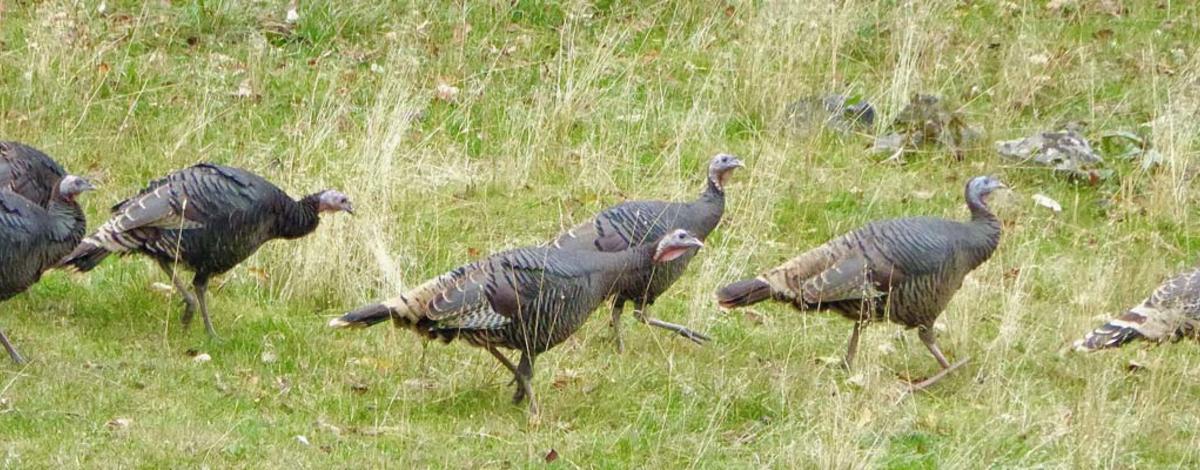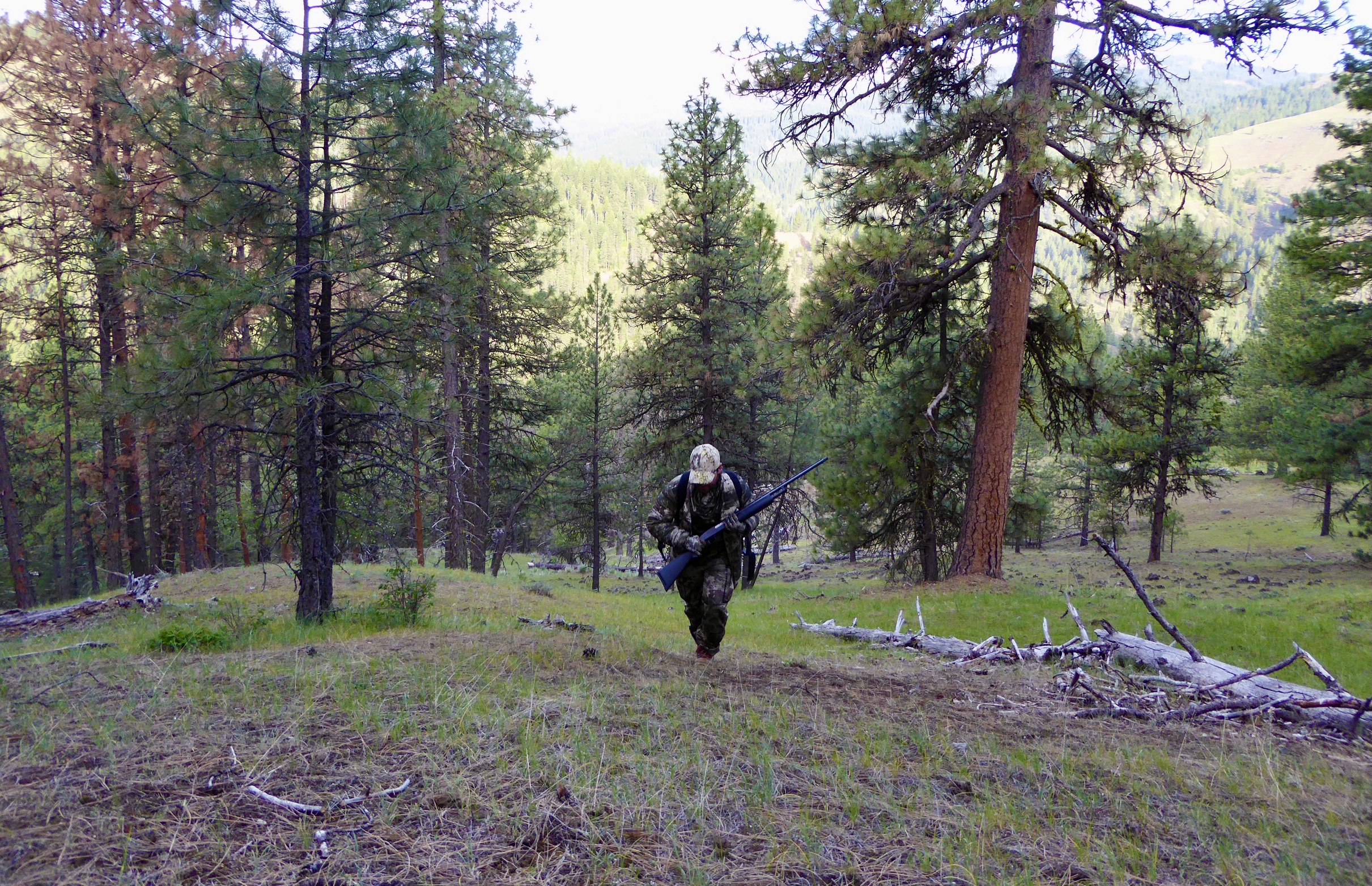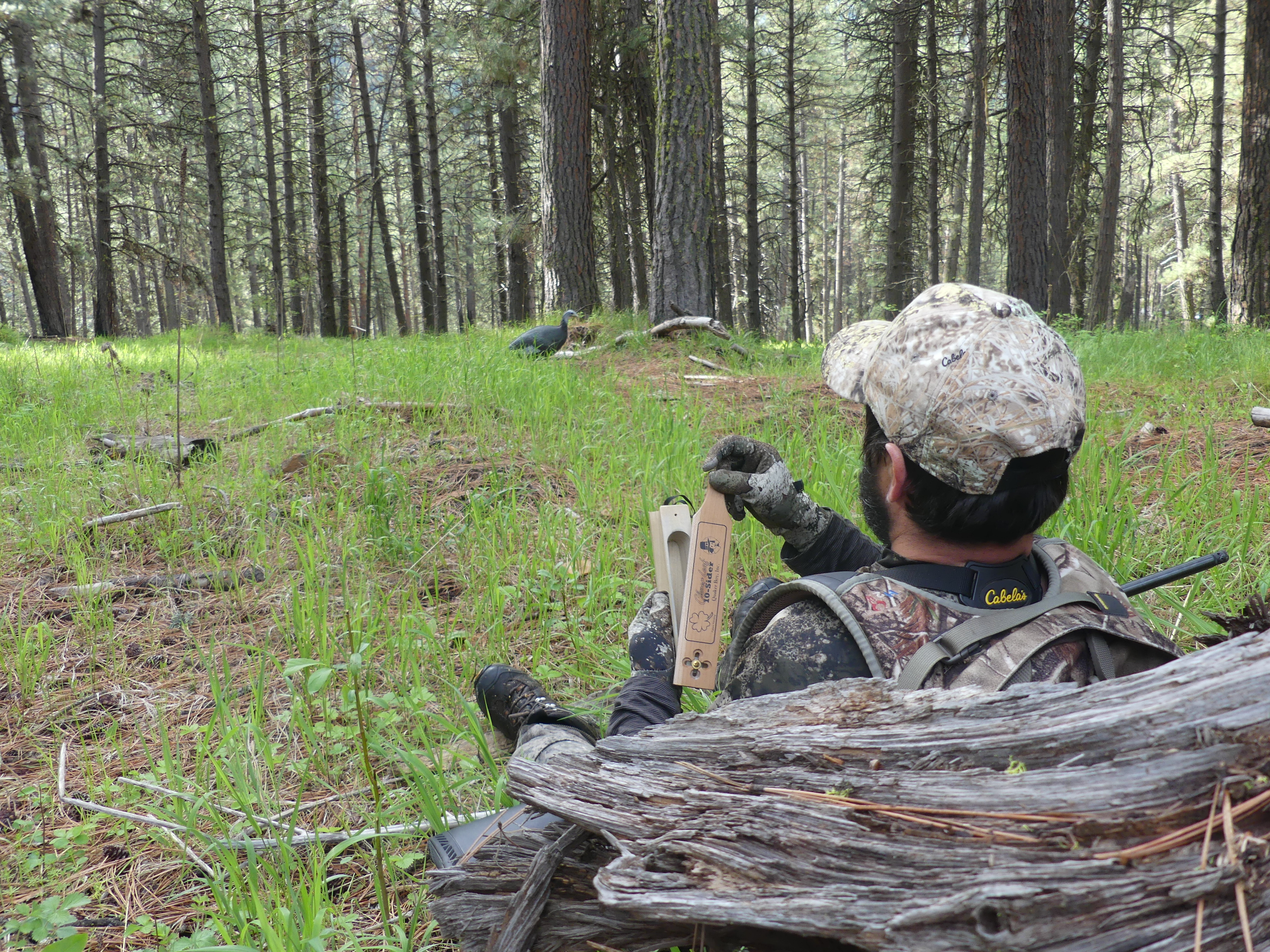Idaho hunters are blessed with about two-thirds of the state being publicly owned, and hundreds of thousands more acres are open for public hunting. That provides great opportunities for turkey hunters because many birds are found on public land where anyone can hunt them. But be prepared for – and embrace – the challenges when you hunt these birds on their own turf.
Wildland turkey hunting
In some places, turkeys are year-round residents in a relatively small area. This is pretty common when they inhabit private agriculture lands, and if you have permission to hunt those birds, you’re likely in for a fun hunt.
But hunters can also find turkeys in vast national forests, Bureau of Land Management land, Fish and Game’s Wildlife Management Areas, State Endowment Lands, and other properties where Fish and Game has secured access for hunters. Combined, there are millions of acres in Idaho to pursue turkeys.
These birds can pose much different challenges than birds that reside year-round in one location. Wildland turkeys can be widely dispersed and mobile, as well as cagey and challenging to pattern. A savvy public lands turkey hunter may want to mimic the tactics of big game hunters by hiking off the beaten path to scout and locate flocks, and plan to spend plenty of time in the woods and fields pursuing them.



